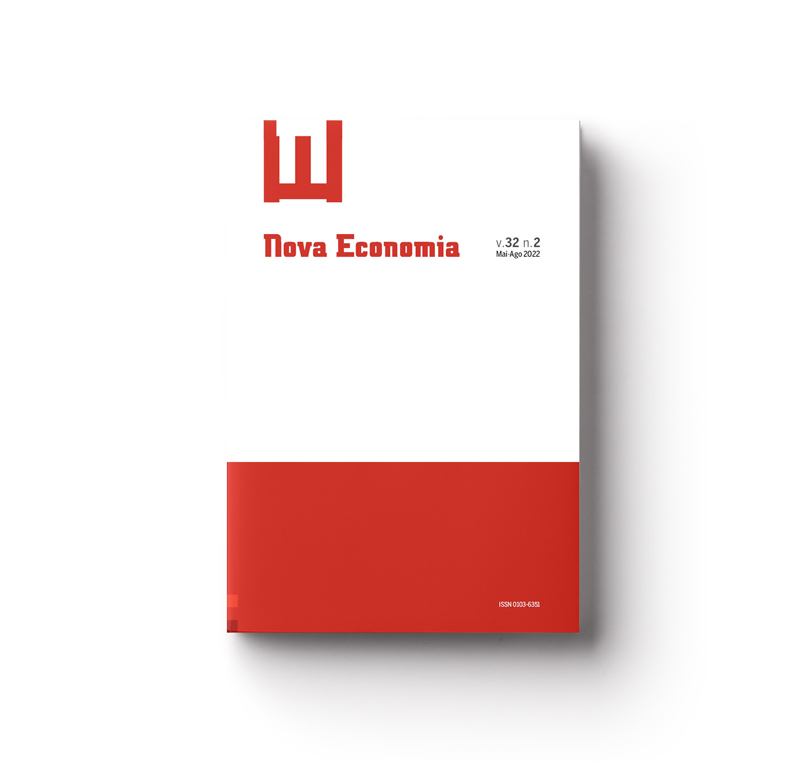Measuring structural upgrading: applying principal component analysis in a global value chain framework
Abstract
Abstract
The main objective of the article is to analyze, based on the analysis of principal components and data grouping, the relationship between structural upgrading indicators and the inclusion of those countries in the GVCs for a group of 43 countries. To achieve this objective, the study builds six upgrading indicators in three dimensions: product, process and functional. In addition to these six indicators, the study uses an indicator that measures the complexity of countries' productive structures. The results show that structural complexity has a positive and statistically significant relationship with the share of wages in income, and more capital-intensive countries also have higher levels of labor productivity and employment associated with exports. The study also shows a diversity of development patterns related to participation in GVCs and the structural upgrading process
Keywords: global value chains; industrial upgrading; input-output analysis.
JEL Codes: F14; O14; C67
Downloads
Published
How to Cite
Issue
Section
License
Copyright (c) 2022 Kaio Vital da Costa

This work is licensed under a Creative Commons Attribution 4.0 International License.
Authors who publish with this journal agree to the following terms:
- Authors retain copyright and grant the journal right of first publication with the work simultaneously licensed under a Creative Commons Attribution 4.0 International License that allows others to share the work with an acknowledgement of the work's authorship and initial publication in this journal.
- Authors are able to enter into separate, additional contractual arrangements for the non-exclusive distribution of the journal's published version of the work (e.g., post it to an institutional repository or publish it in a book), with an acknowledgement of its initial publication in this journal.
- Authors are permitted and encouraged to post their work online (e.g., in institutional repositories or on their website) prior to and during the submission process, as it can lead to productive exchanges, as well as earlier and greater citation of published work (See The Effect of Open Access).




